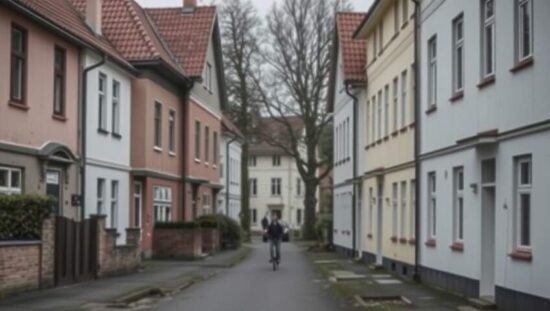According to data released Wednesday by the Federal Statistical Office, residential property prices in Germany experienced an average increase of 3.2 percent in the second quarter of 2025 compared to the same period last year.
This marks the third consecutive quarterly rise in residential property prices, reversing a period of consistent declines observed since the fourth quarter of 2022. Earlier in the year, the increase compared to the previous year stood at 3.5 percent in the first quarter of 2025 and 1.9 percent in the fourth quarter of 2024. Prices for residential properties also saw a rise of 1.1 percent when compared to the first quarter of 2025.
Across all regions of Germany, apartments (condominiums) were, on average, more expensive in the second quarter of 2025 than in the same period of 2024. Prices for single-family and two-family homes also generally increased throughout the country.
Specifically, in Germany’s seven largest cities – Berlin, Hamburg, Munich, Cologne, Frankfurt am Main, Stuttgart and Düsseldorf – apartment prices rose by 2.4 percent year-on-year, with a quarterly increase of 0.3 percent. Independent cities outside of these top seven metropolises saw a more significant average increase of 5.0 percent compared to the previous year, alongside a quarterly rise of 1.3 percent. In sparsely populated rural districts, buyers paid 3.6 percent more for apartments than in the second quarter of 2024, accompanied by a quarterly increase of 3.6 percent.
The trend of rising prices extended to single-family and two-family homes, though regional variations existed. In sparsely populated rural districts, prices increased by an average of 2.8 percent year-on-year, with a quarterly increase of 1.3 percent. Independent cities outside the top seven saw a rise of 3.9 percent compared to the previous year’s period and a quarterly increase of 1.6 percent. Conversely, in the seven largest cities, prices for single-family and two-family homes slightly decreased by 0.2 percent compared to the second quarter of 2024, showing a positive quarterly change of 0.2 percent.





